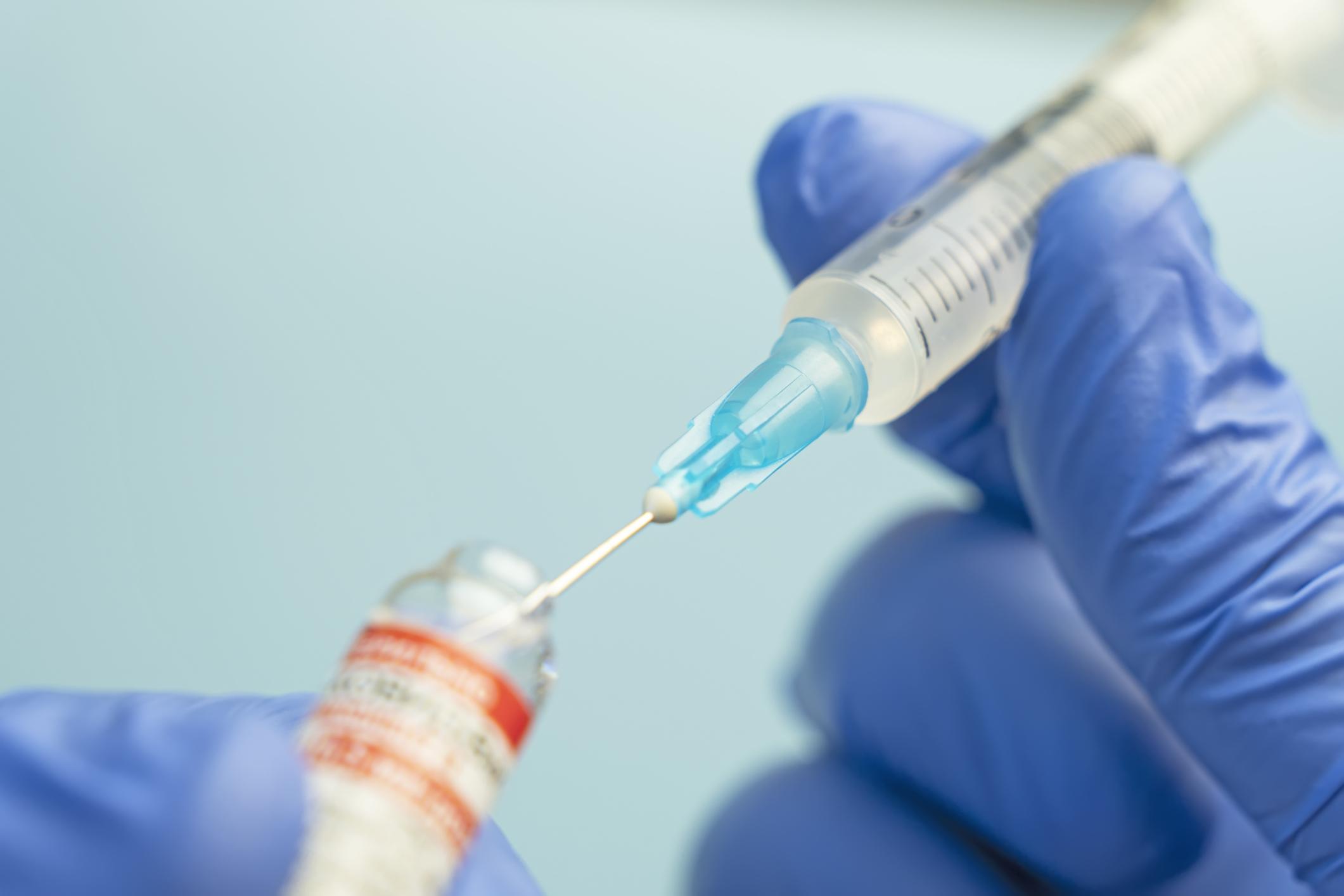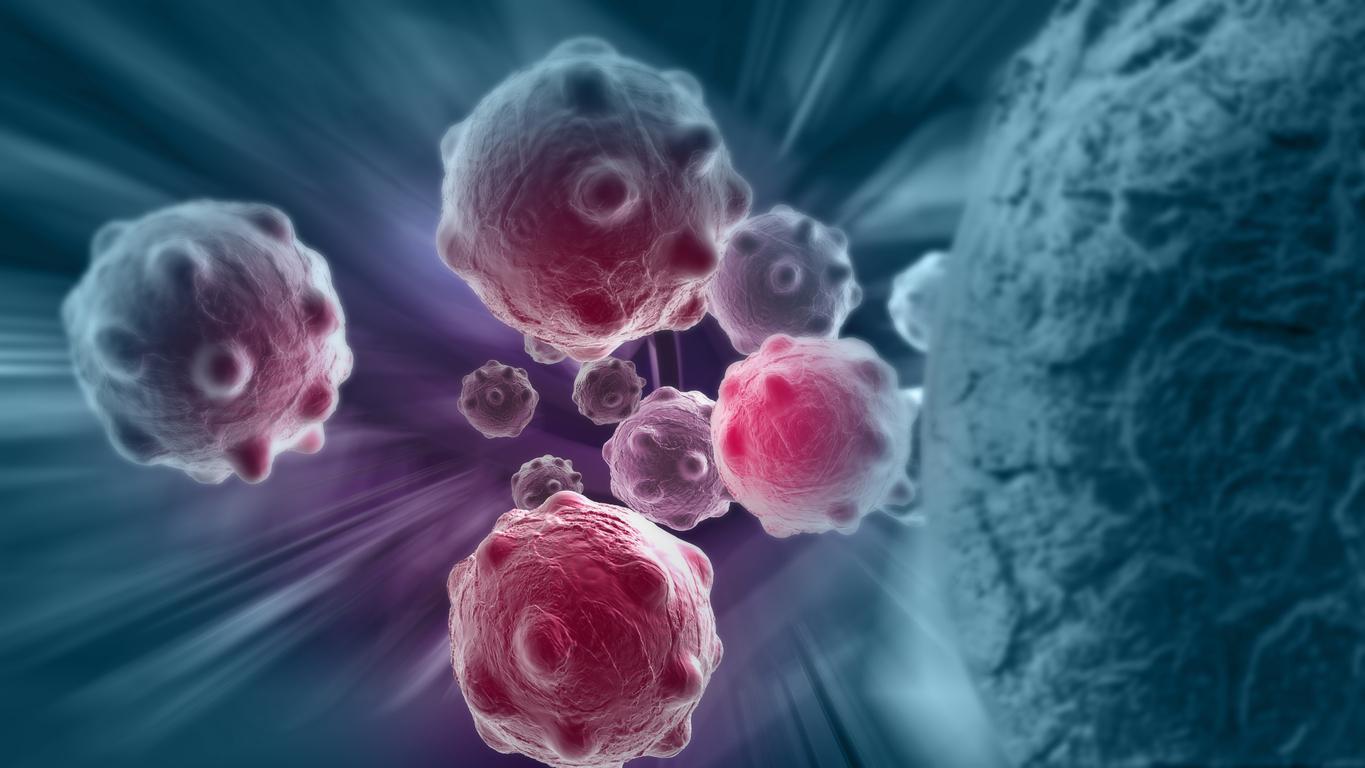Researchers at the University of Texas Cancer Center in the United States have developed a cold virus modified to kill brain tumors.

American researchers have designed an adenovirus modified to specifically attack recurrent glioblastomas, the most common and deadly brain tumors. Normally, patients only survive an average of 6 months. During a phase I clinical trial, 20% of patients treated with this new technique saw their life expectancy increase by 3 years. The results of this clinical trial were published on February 12, 2018 in the Journal of Clinical Oncology.
DNX-2401, glioblastoma killer virus
In practice, the modified adenovirus, entitled Delta-24-RGD or DNX-2401, is injected only once directly into the tumors of 25 patients whose glioblastoma recurs after surgery and other treatments. Specifically designed to infect cancer cells, the adenovirus replicates in them to kill them, while spreading from cancer cell to cancer cell. At the end of the Phase I clinical trial, three of the five long-term survivors had lasting complete responses. 18 patients (72%) saw their tumor shrink, knowing that the median overall survival is 9.5 months.
An immune response triggered by the viral attack
Normally, glioblastoma is not detected by the immune system, so T cells cannot enter the tumor. The injected modified virus takes advantage of the absence or alteration of the retinoblastoma protein within tumors, the latter normally protecting against viral infection. Thus, only cancer cells are infected. Viral infection elicits an immune response to glioblastoma, which is synonymous with response to treatment. In long-term complete responders, the modified virus disarms the tumor against the immune response by creating multiple antigenic targets for the immune system, and then the tumor is completely destroyed. In addition, the immune system eliminates the virus in a month, on the other hand tumor reduction continues for a year or more in complete responders.
The proof by imagery
Imaging of treated patients and analysis of resected tumors confirm this initial tumor-destroying mechanism as well as the resulting immune response that researchers believe is responsible for the long-term response.
Specifically, in three cases of complete response imaging shows inflammation and immune activity one month after “viral treatment”, as well as a steady decline in tumor size, until 95 % of the latter disappear. Analysis of the resected tumors makes it possible to observe extensive cell death as well as infiltration by T lymphocytes.
Three of the patients lived at least 4.8 years after treatment.
The goal for the researchers is now to expand the strong response percentage by adding factors to the virus to stimulate the immune response. Several other clinical trials are underway, combining the virus with other therapies, including Pembrolizumab.

.
















